Since I am in a public health program in Botswana, I have learned much about Botswana’s health system. Botswana is one of the most stable countries in Africa, and most of its economy is reliant on diamonds, tourism, and beef. This being said the government has quite a bit of money and is able to provide health services to all of its citizens. This is very helpful for the country, since many people may not be able to afford health care services that are needed especially anti-viral treatments for HIV/AIDS. HIV/AIDS is very prominent in Botswana, yet there are many initiatives to educate the people of the country about preventative measures.
During my time in this country so far, I have observed in multiple public clinics, I have toured a hospital, and seen a couple of NGOs. Everyone has been extremely friendly to me as a visitor in the clinics, but sometimes I feel as if I am intruding. When I have had the experience of sitting in on consultations with doctors, the patients were not asked if I was allowed to be in the room. This violates the patient’s right to privacy, and when talking to a director for the medical school, Dr. Phaladze, at the University of Botswana, she was in complete agreement. Along with observing in clinics, we talk about our experiences with Dr. Phaladze. She says that patient privacy has been a big issue because nurses will come and go in the consultation rooms to talk to the doctor or for other various reasons. This is also a big issue for the hospitals because patients do not have separate rooms.
There are many areas for improvement in the public health care system, but throughout my time I have also seen multiple promising initiatives for improvement. At the clinic I was observing at in a village called Kanye, a man was training individuals on counseling people on their anti-viral medication, and how to make sure they had taken all of the medication when the patient came back for a refill, it was very heart-warming to see the people of Botswana improving its own health system.
Observing what I have in Botswana makes me appreciate everything I have been blessed with and makes me hopeful for the great successes that are bound to come to Botswana.


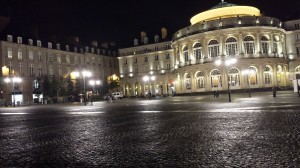
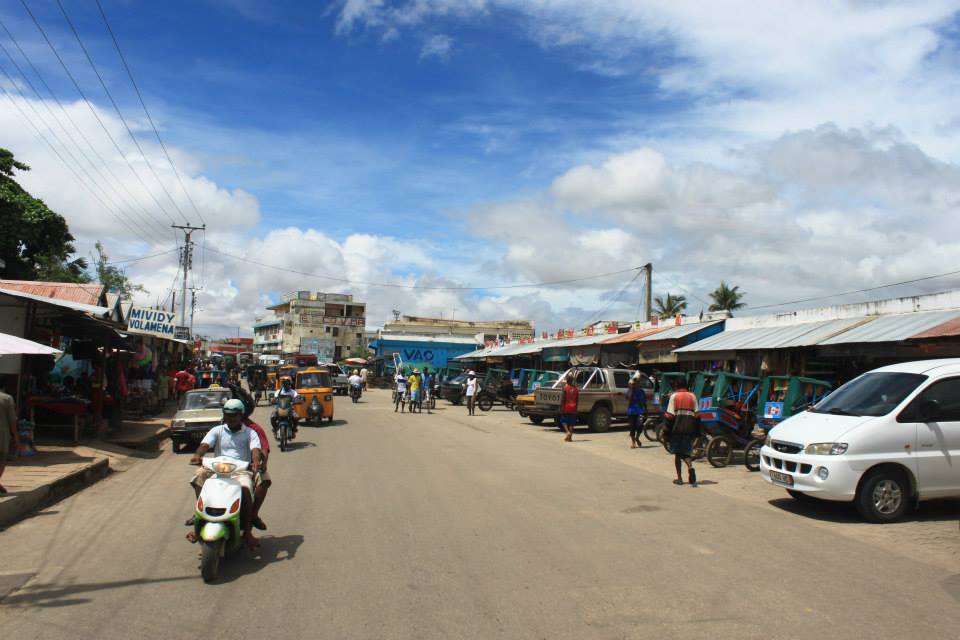


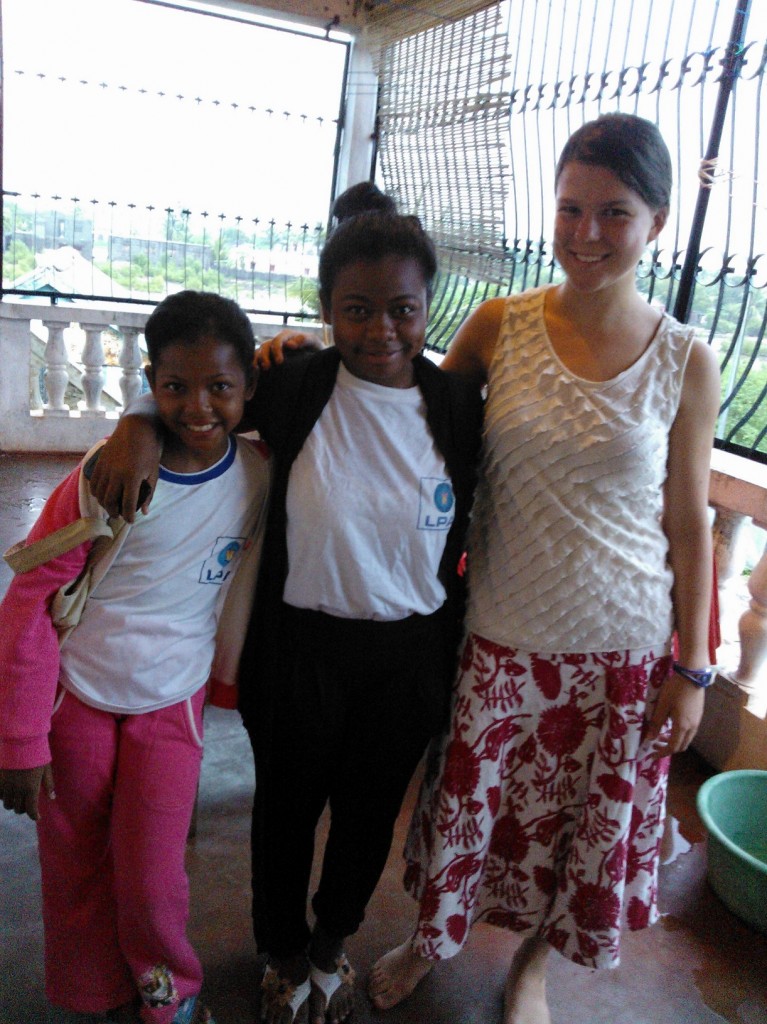
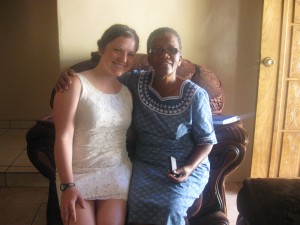
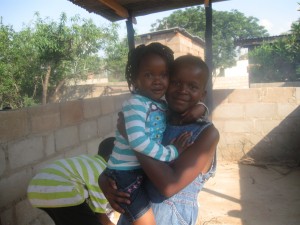
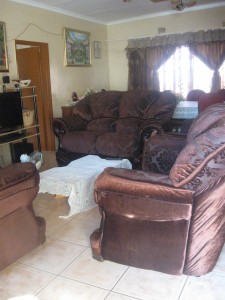
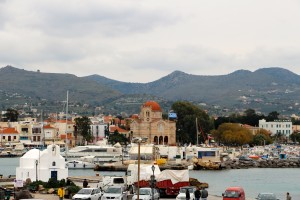
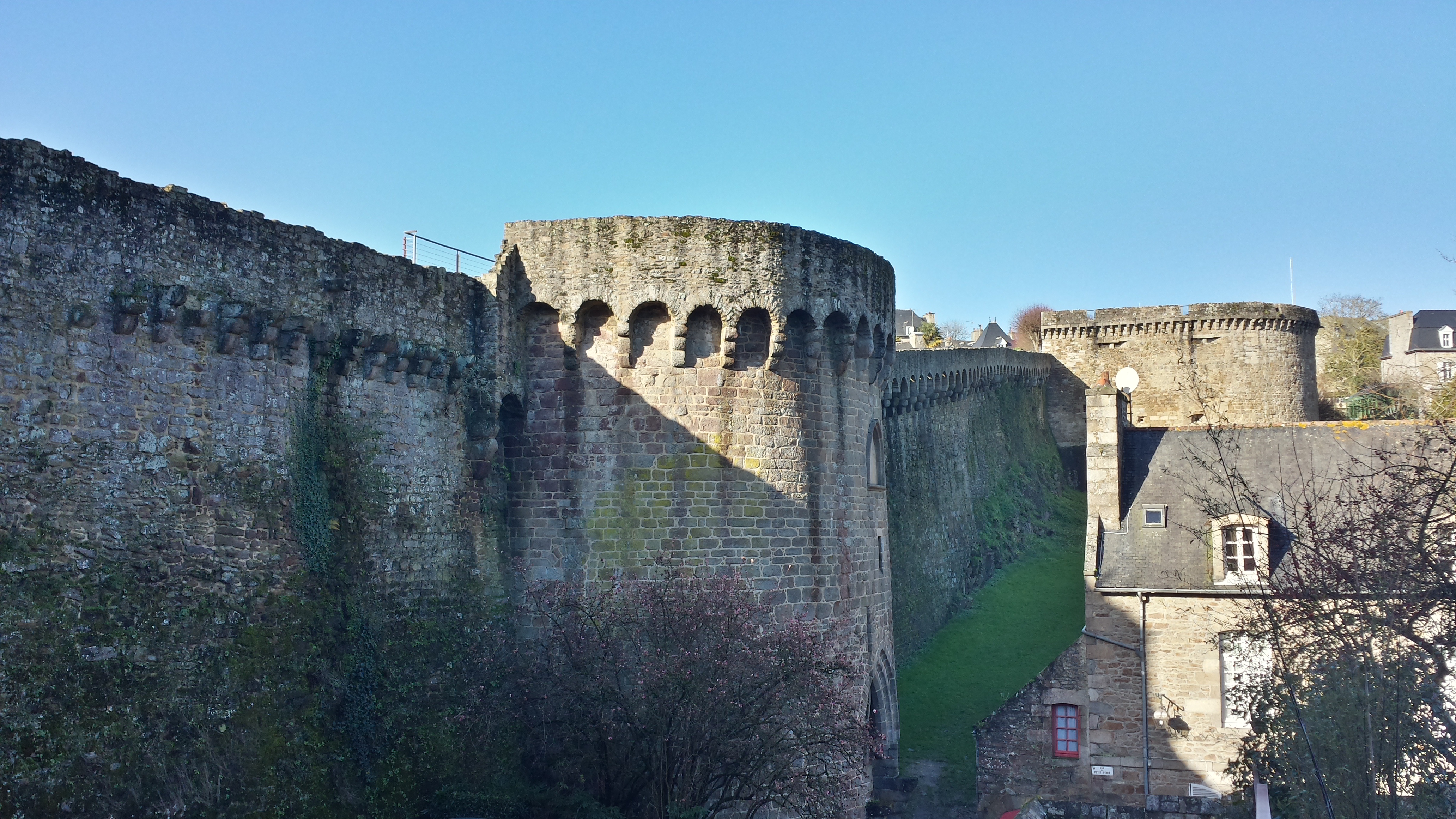


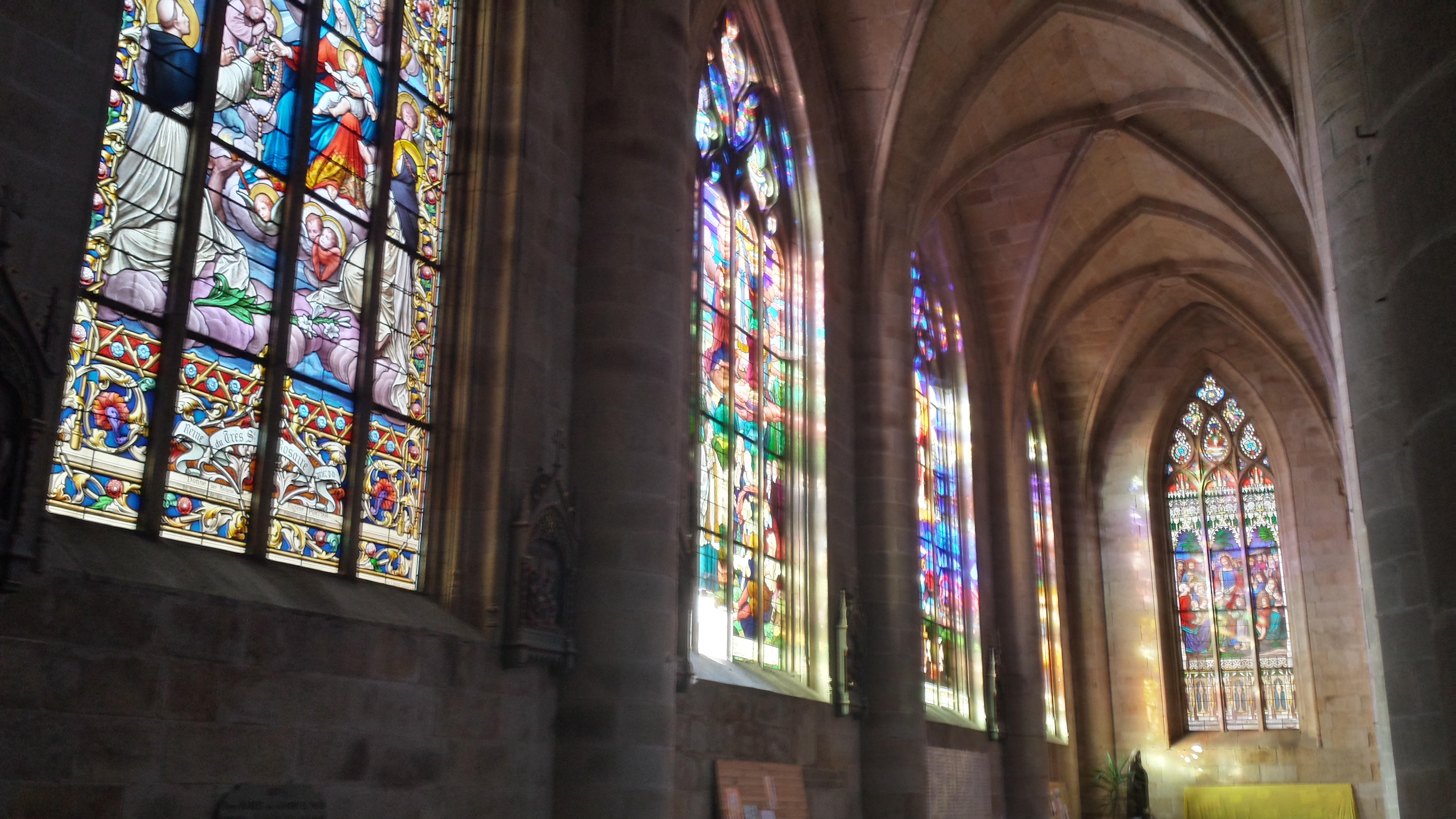


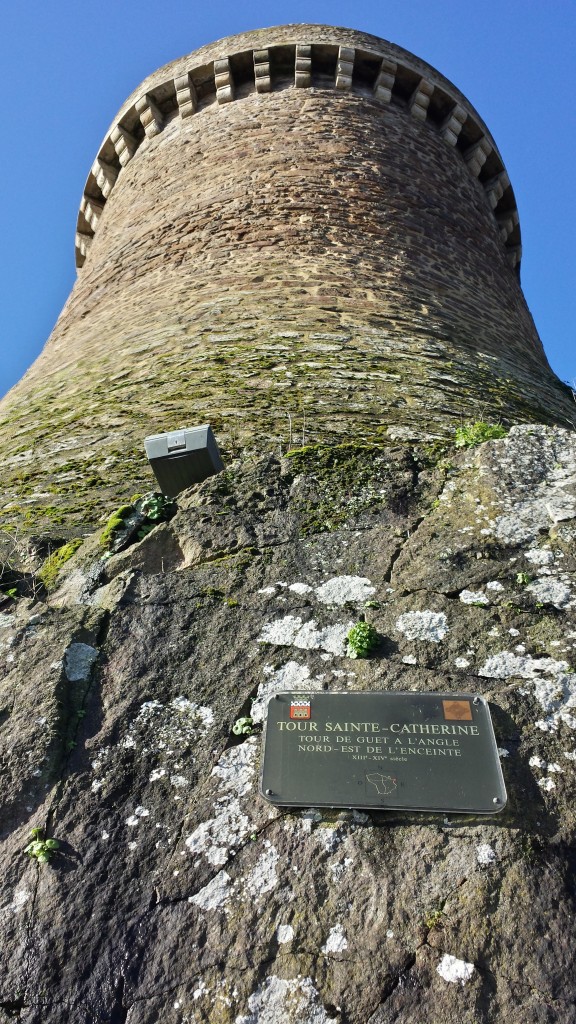

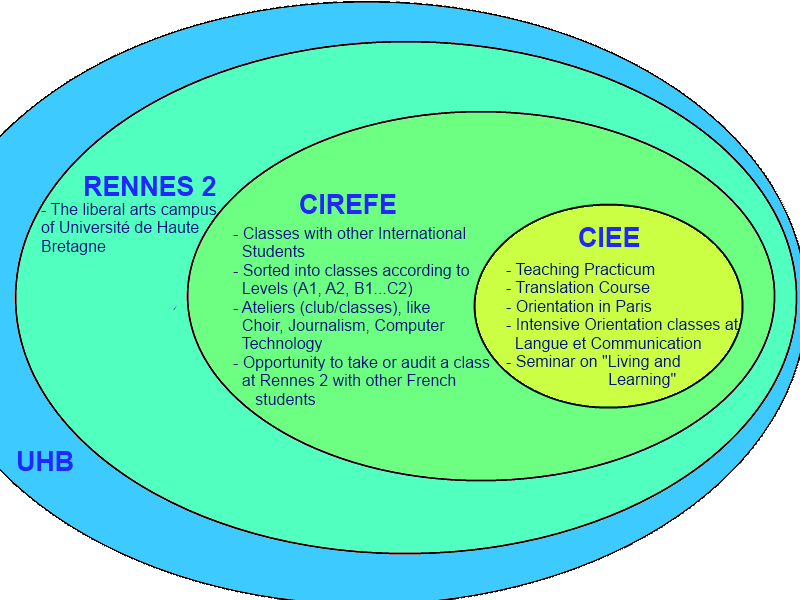
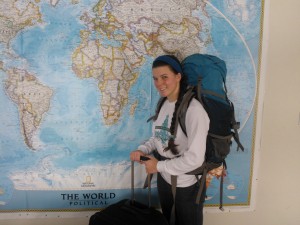
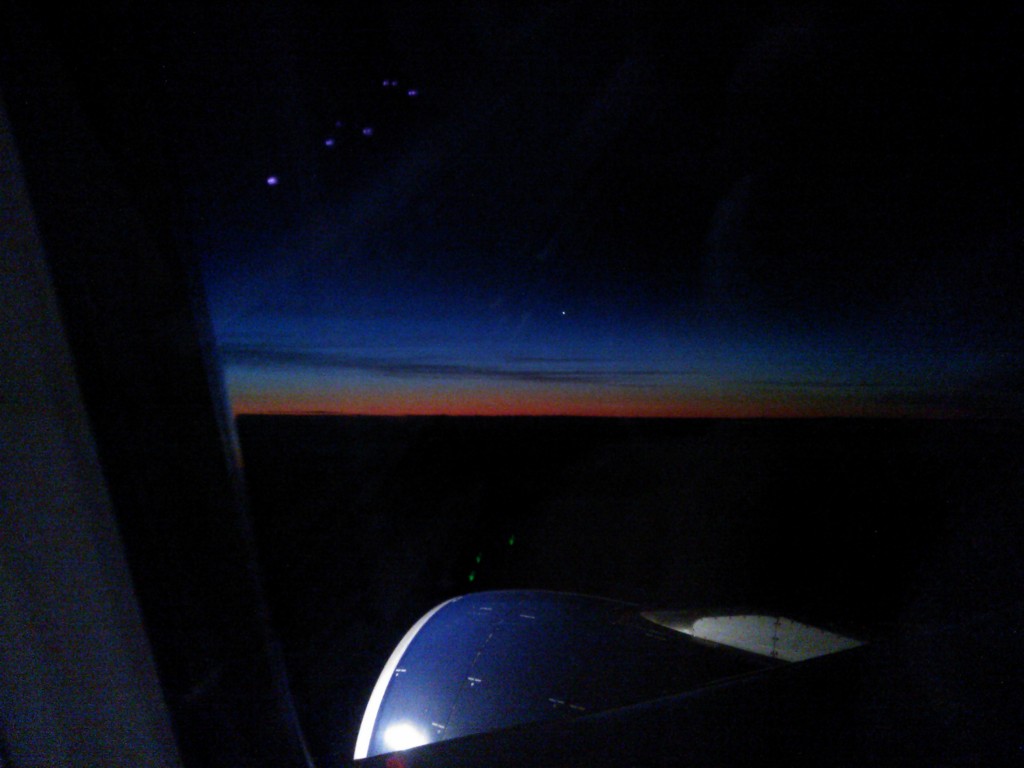
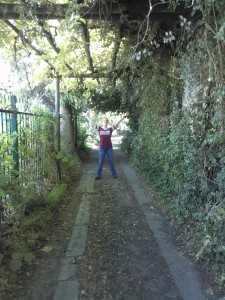
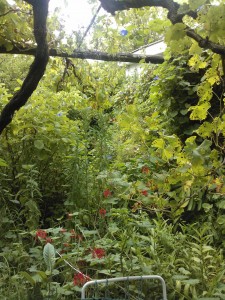
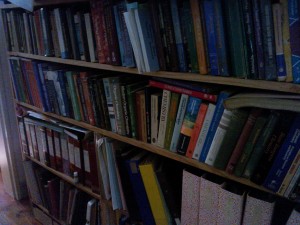
You must be logged in to post a comment.